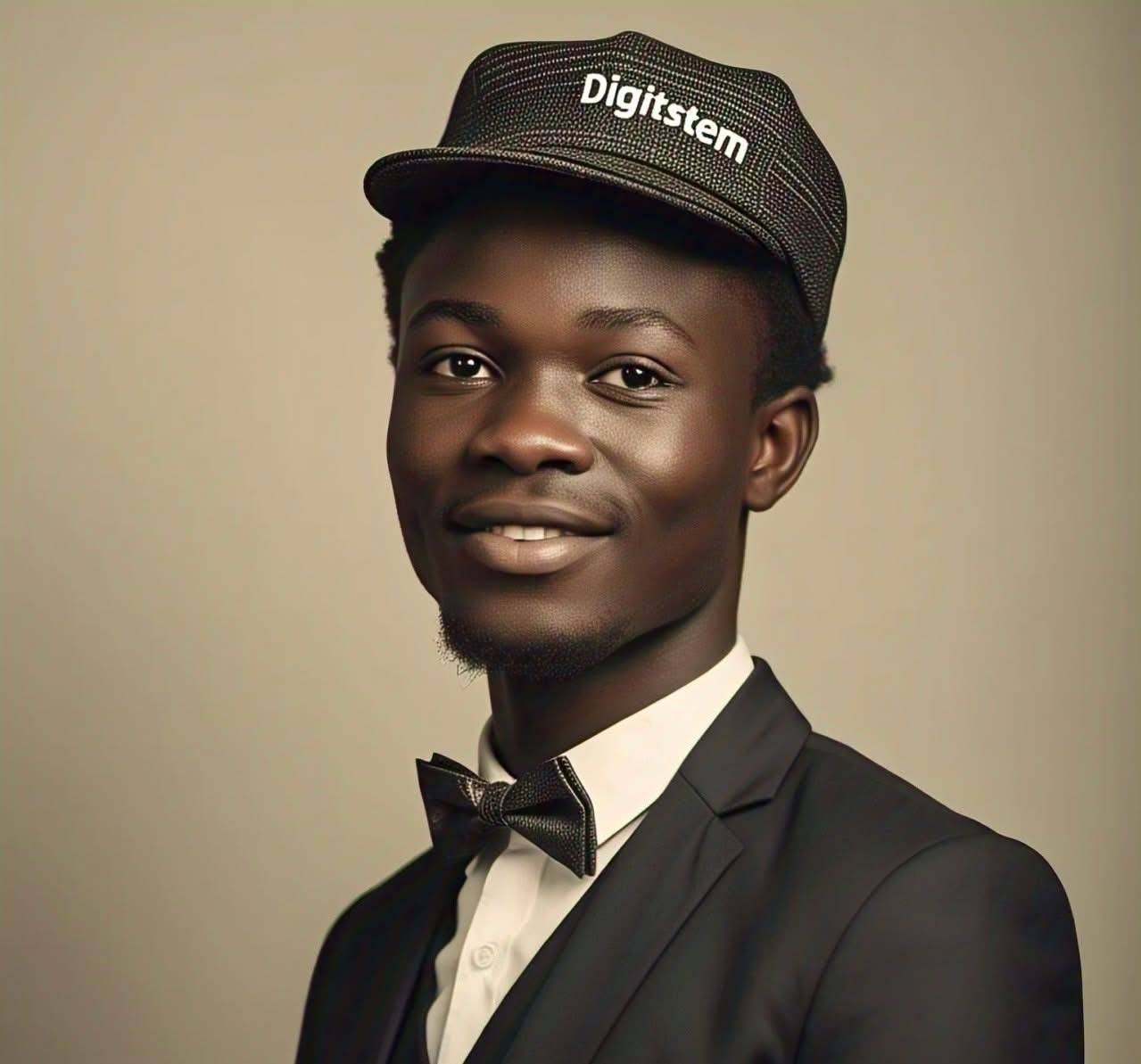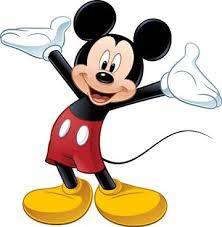Mickey Mouse: Biography
First Appearance: November 18, 1928
Creators: Walt Disney and Ub Iwerks
Company: The Walt Disney Company
Character Type: Cartoon Mouse
Occupation: Adventurer, Hero
Nationality: American (in origin)
Early History and Creation
Mickey Mouse, one of the most iconic and beloved characters in animation history, was created by Walt Disney and Ub Iwerks in 1928. Mickey made his debut in the animated short film Steamboat Willie on November 18, 1928, which is considered his official birthday. This short film, one of the first to feature synchronized sound, was revolutionary at the time and launched Mickey into stardom.
Before Mickey Mouse, Walt Disney had created a character named Oswald the Lucky Rabbit. However, Disney lost the rights to Oswald, leading him to develop a new character—originally named “Mortimer Mouse.†Walt’s wife, Lillian Disney, suggested the name “Mickey†instead, and thus, Mickey Mouse was born. Ub Iwerks, Disney’s chief animator, is credited with designing the original character, while Walt Disney himself provided Mickey’s voice for many years.
Personality and Traits
Mickey Mouse is known for his cheerful and optimistic personality. He is brave, resourceful, and always willing to help others, often embarking on adventurous quests with his friends. Despite sometimes getting into trouble or dangerous situations, Mickey’s quick thinking and determination usually lead him to success. His famous catchphrase, “Oh boy!†encapsulates his upbeat attitude toward life.
Mickey is also highly recognizable for his simple but distinctive appearance: large circular ears, red shorts, yellow shoes, and white gloves. This design made him instantly recognizable, even in silhouette, and became an enduring symbol of both Disney and American pop culture.
Evolution of Mickey Mouse
1920s-1930s:
After Steamboat Willie, Mickey appeared in numerous short films throughout the 1930s, becoming a household name. During this time, his character was more mischievous and a bit of a troublemaker, as seen in early shorts like Plane Crazy and The Gallopin’ Gaucho. However, as Mickey’s popularity grew, his personality softened, becoming the lovable, moral character we know today.
1940s-1950s:
In the 1940s, Mickey’s popularity was at its height. He starred in Fantasia (1940), where he took on the role of the Sorcerer’s Apprentice, one of his most famous performances. Over time, Mickey began appearing less frequently in theatrical releases as Disney shifted its focus toward feature-length films like Snow White and the Seven Dwarfs and Cinderella. However, Mickey remained prominent through comic strips, merchandise, and later television.
1950s-present:
In the 1950s, Mickey became the mascot of Disney’s new television show The Mickey Mouse Club, further cementing his place in American culture. Over the decades, Mickey has appeared in countless forms of media, including television specials, video games, merchandise, and theme parks. Mickey’s role at Disney shifted from being a cartoon star to becoming the face of the entire company, representing the magic and imagination of the Disney brand.
In recent years, Mickey has been featured in new animated series such as Mickey Mouse Clubhouse (2006-2016), Mickey and the Roadster Racers (2017-present), and new short films that reimagine the classic character for modern audiences. Despite evolving over the decades, Mickey’s core qualities—kindness, courage, and optimism—have remained unchanged.
Supporting Characters
Throughout his long history, Mickey has been joined by an iconic cast of friends, each adding to the richness of his world:
• Minnie Mouse: Mickey’s long-time girlfriend, Minnie is sweet, caring, and shares many of Mickey’s adventures.
• Donald Duck: One of Mickey’s best friends, Donald is known for his fiery temper and comedic outbursts.
• Goofy: Another close friend, Goofy is clumsy, good-natured, and always provides comic relief.
• Pluto: Mickey’s loyal pet dog, who often accompanies him on his adventures.
• Pete: The classic antagonist in many Mickey cartoons, Pete is often portrayed as a bully or villain.
Cultural Impact
Mickey Mouse quickly became a global icon, far beyond just a cartoon character. He symbolizes the Walt Disney Company, which has grown into a multimedia empire. His image is synonymous with family entertainment, and he represents childhood joy, imagination, and adventure. Mickey’s silhouette—his round ears in particular—has become one of the most recognizable symbols in the world, appearing on everything from theme park merchandise to luxury fashion collaborations.
In 1978, to celebrate his 50th birthday, Mickey became the first animated character to receive a star on the Hollywood Walk of Fame. He has also been a key figure in promoting peace and goodwill, acting as an ambassador for Disney around the world.
Mickey Mouse in Disney Parks
Mickey plays a central role in Disney theme parks worldwide. He is a key figure in parades, stage shows, and meet-and-greets, often donning different outfits to match the theme of the park or occasion. The famous “Mickey ears†hat is a staple souvenir for visitors of all ages.
Mickey’s presence can be felt throughout the parks, from his house in Mickey’s Toontown to starring roles in attractions like Mickey & Minnie’s Runaway Railway. His image is the heart and soul of Disneyland and Disney World, and meeting Mickey is a dream for many visitors, young and old.
Legacy
Mickey Mouse remains one of the most enduring and cherished characters in the history of entertainment. His universal appeal has transcended generations, languages, and cultures. As the mascot of The Walt Disney Company, Mickey continues to inspire creativity and joy, embodying the spirit of adventure, optimism, and the belief that dreams really can come true.


